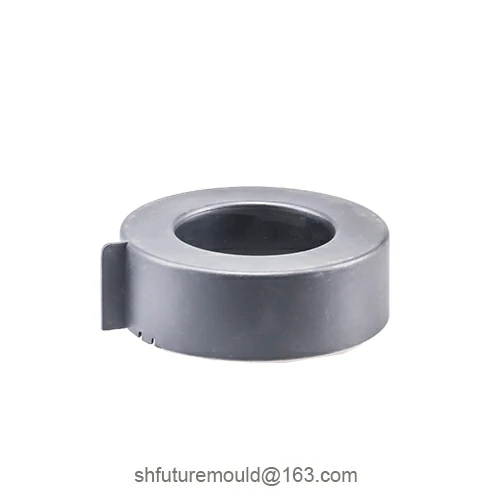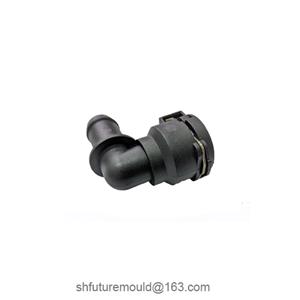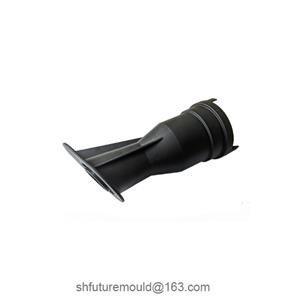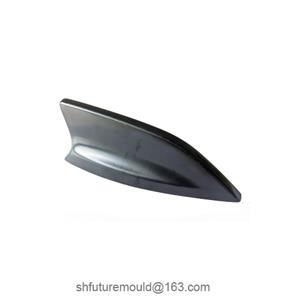Surface Hardening Treatments for Injection Molds
Surface hardening treatments for injection molds are crucial for enhancing wear resistance, corrosion resistance, and non-stick properties, thereby extending mold life and improving product quality.
Why is Surface Hardening Necessary for Injection Molds?
Improved wear resistance: Reduces friction between the mold and plastic part, prolonging mold life.
Enhanced corrosion resistance: Resists corrosion from molten plastic, preventing rust.
Better surface finish: Improves the surface quality of the product.
Reduced part adhesion: Facilitates mold release and minimizes defects.
Common Surface Hardening Treatments
Heat Treatment
Carburizing: Introduces carbon atoms into the mold surface, increasing surface hardness and wear resistance.
Nitriding: Introduces nitrogen atoms into the mold surface, improving surface hardness, wear resistance, and corrosion resistance.
Nitrocarburizing: Simultaneously introduces both carbon and nitrogen, combining the advantages of carburizing and nitriding.
Chemical Vapor Deposition (CVD)
In a vacuum or low-pressure environment, a dense hard coating such as TiN, TiCN, or DLC is deposited on the mold surface through a chemical reaction. This coating offers high hardness, wear resistance, and corrosion resistance.
Physical Vapor Deposition (PVD)
In a vacuum environment, materials are evaporated or sputtered onto the mold surface through physical methods to form a thin film. Common PVD coatings include TiN and CrN.
Laser Surface Alloying
The mold surface is melted using a laser beam and alloying elements are added to form an alloy layer,
- Injection Mold
- Automotive Injection Mold
- Electronics & Electrical Injection Mold
- Consumer Goods Injection Mold
- Airplane Components Injection Mold
- Medical Components Injection Mold
- Irrigation Components Injection Mold
- Injection Molds




